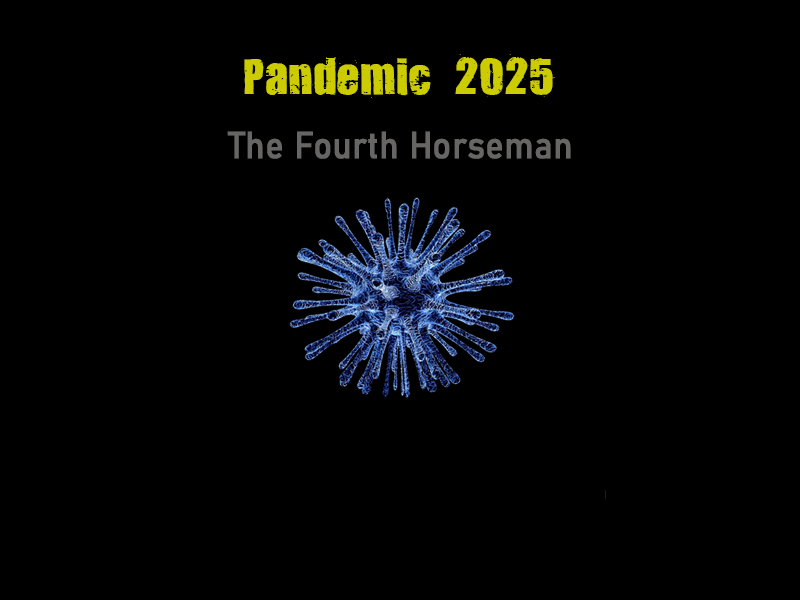Table of Contents
- Set Template Desain Nomor 2025 Ilustrasi Stok - Unduh Gambar Sekarang ...
- 2025 NEXT PANDEMIC? - YouTube
- Pandemic 2025 – The Pale Horse Rideth | Watchmans Cry
- 2025: de wereld ná het coronavirus - https://www.blokboek.com
- Hold øje med 2025 – det kan blive skelsættende | DIIS
- Аналітики прогнозують велику нестабільність у 2025 році
- 5 Cara Merancang Resolusi Tahun Baru 2025 yang Efektif
- will the pandemic end in 2025 - Am Enjoying Journal Lightbox
- Outlook 2025–Key Issues to Shape Apparel Sourcing and Trade – FASH455 ...
- Virus 2025: A Chilling Vision Of A Dystopian Future - Beginning Of ...



Global Case Trends




Vaccination Efforts


New Variants and Mutations
The COVID-19 virus has shown a propensity for mutation, leading to the emergence of various variants, some of which have been associated with increased transmissibility, severity, and immune evasion. As of February 2025, global health authorities are monitoring several variants of concern, emphasizing the need for continued genetic sequencing and surveillance to quickly identify and respond to new mutations. The development of variant-specific vaccines and treatments is an area of active research, with several candidates in various stages of clinical trials. The global community's ability to respond effectively to new variants will be crucial in controlling the pandemic's trajectory.
Public Health Measures
Public health and social measures, including mask-wearing, social distancing, and travel restrictions, have been instrumental in controlling the spread of COVID-19. As case numbers have declined in many areas, there has been a gradual easing of these measures. However, the experience of the past few years has underscored the importance of maintaining a repertoire of public health interventions that can be rapidly scaled up in response to new outbreaks or surges. The COVID-19 pandemic has presented unprecedented challenges to global health, economies, and societies. As of February 13, 2025, while there are positive trends in the decline of new cases and advancements in vaccination and treatment, vigilance and preparedness remain essential. The global community must continue to support vaccination efforts, especially in underserved regions, enhance surveillance for new variants, and maintain the capability to reimplement public health measures as needed. Through collective action and a commitment to equity and access, the world can work towards a future where the impact of COVID-19 is significantly mitigated.Stay informed, stay safe.